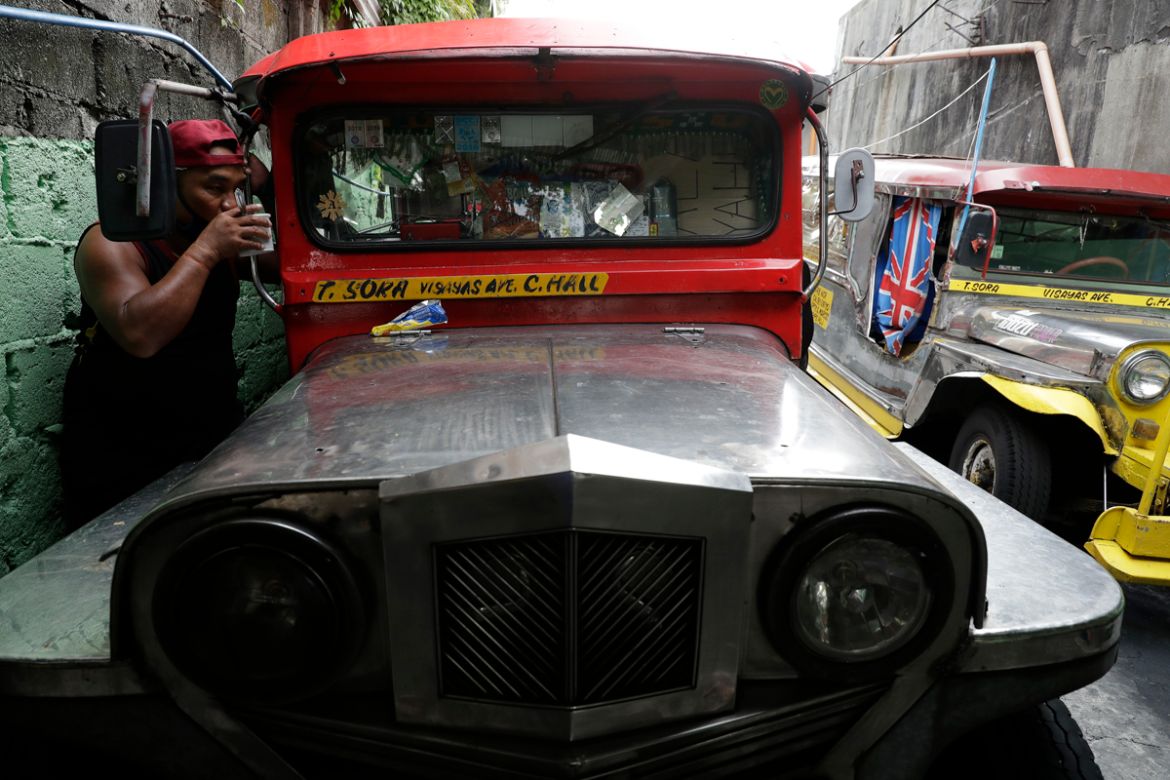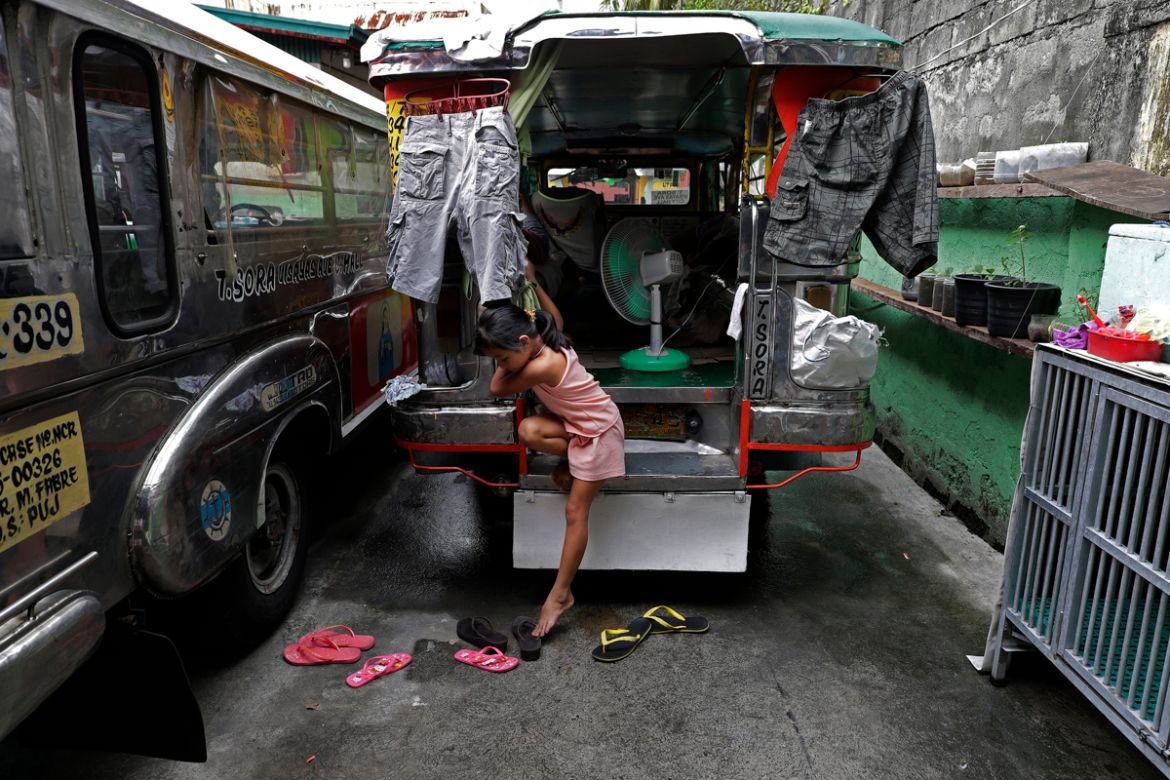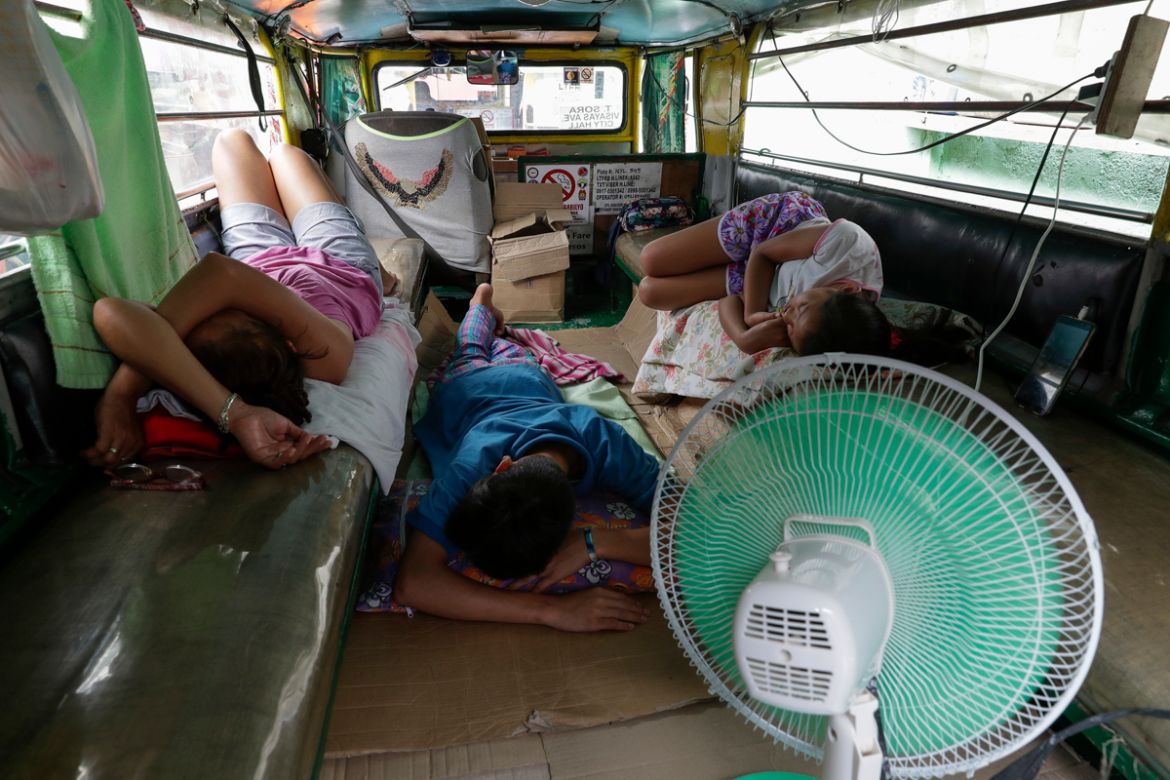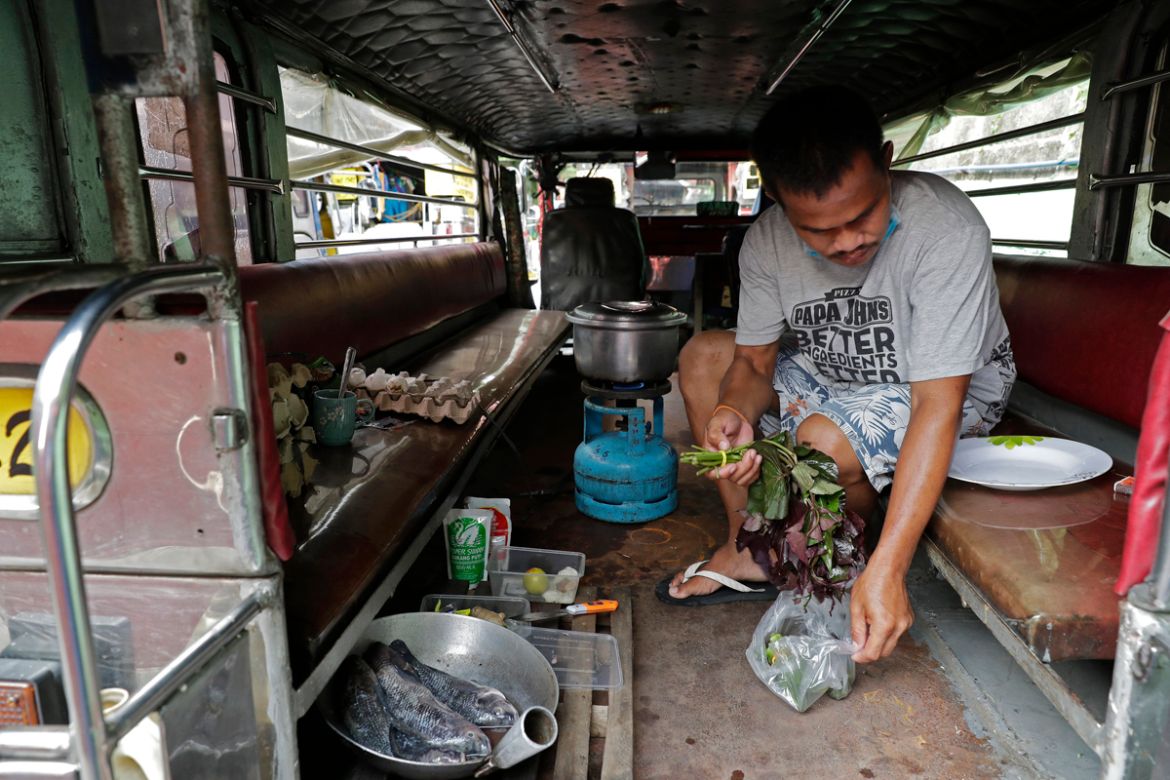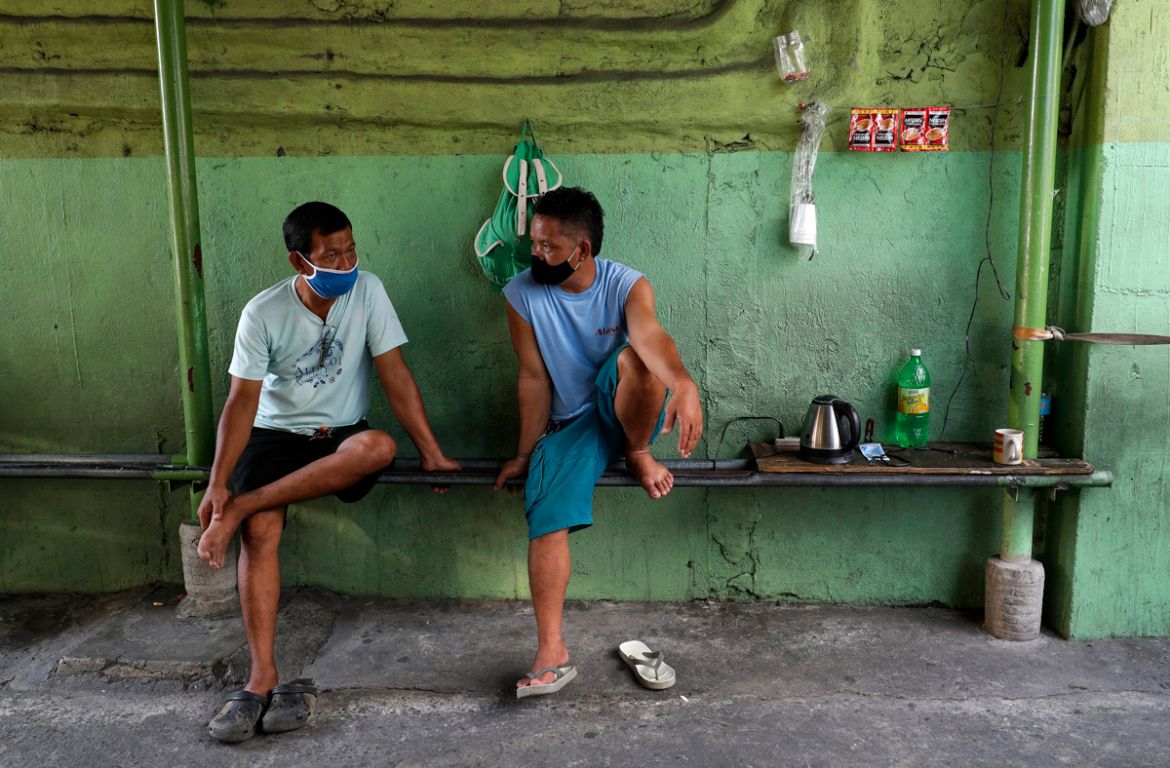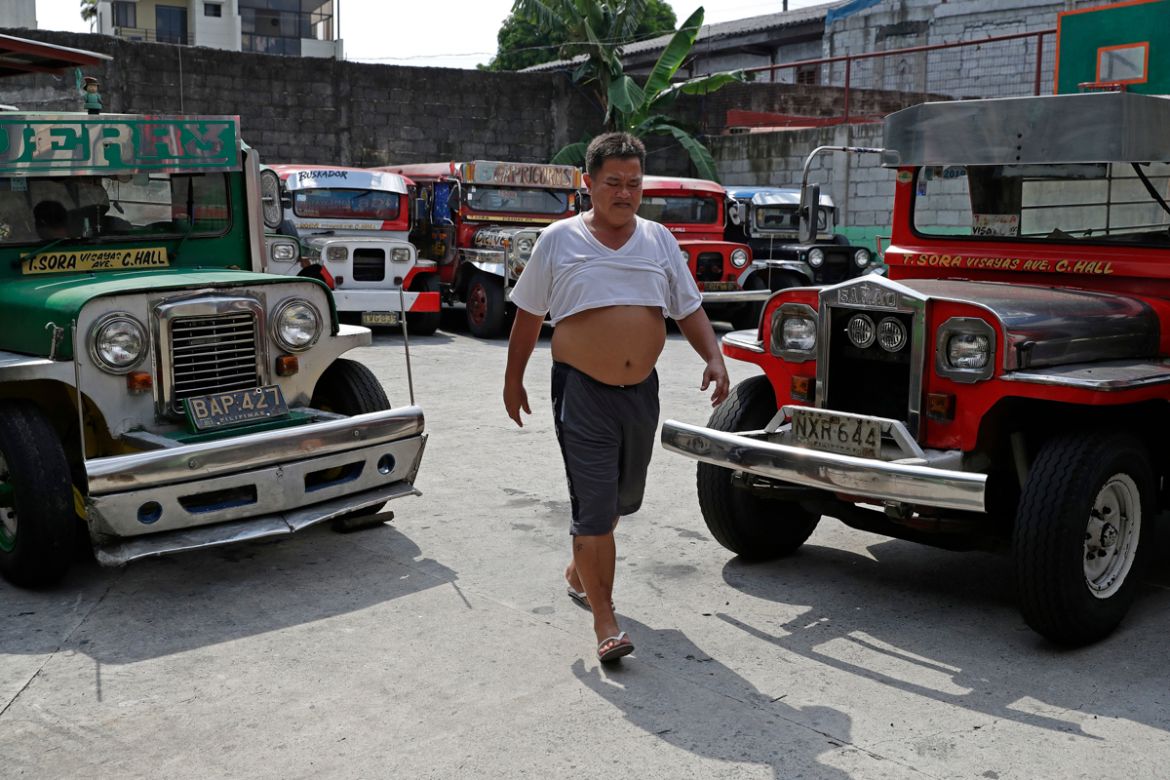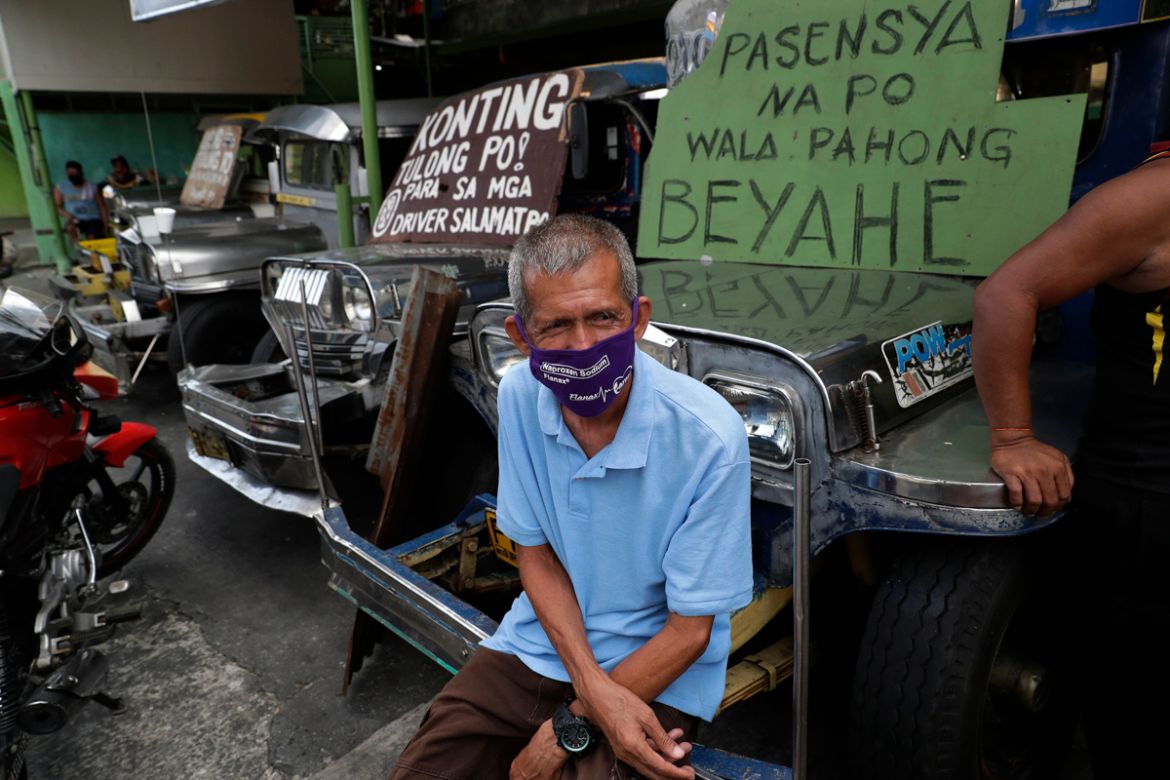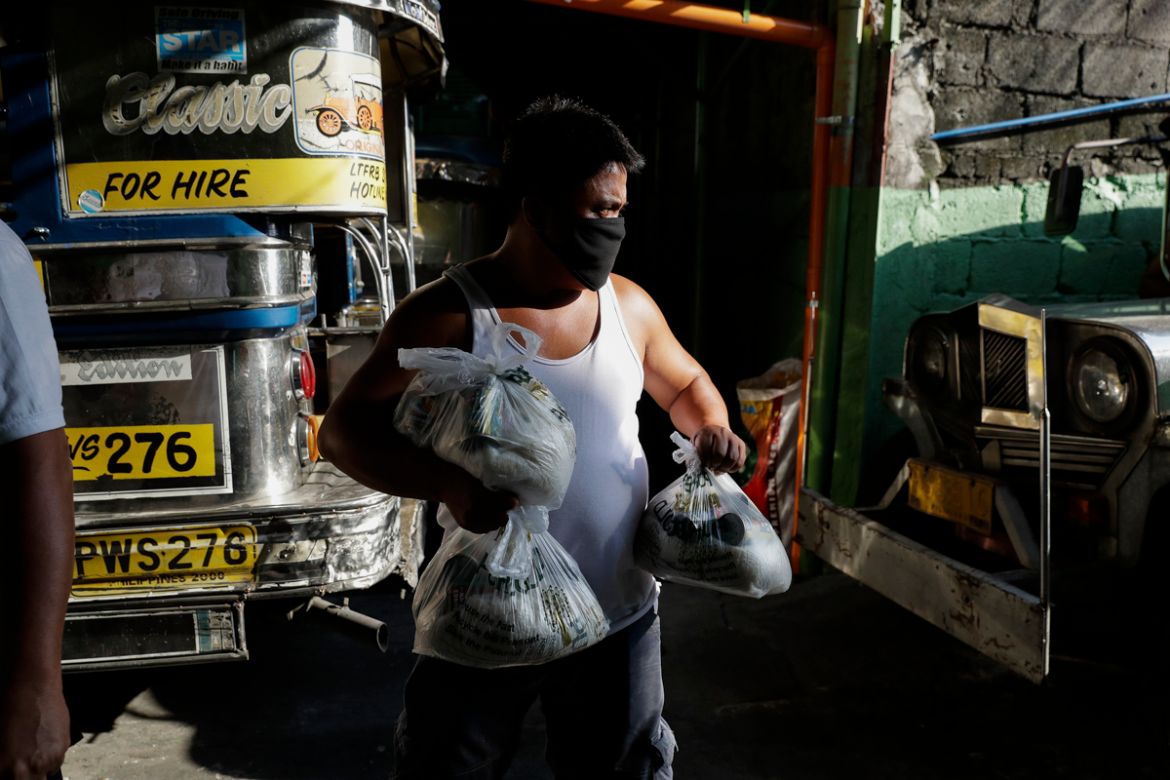In Pictures
In Pictures: Philippines’ iconic jeepneys pushed off the road
Coronavirus-related restrictions made many of the drivers jobless and forced to beg on the streets to survive.
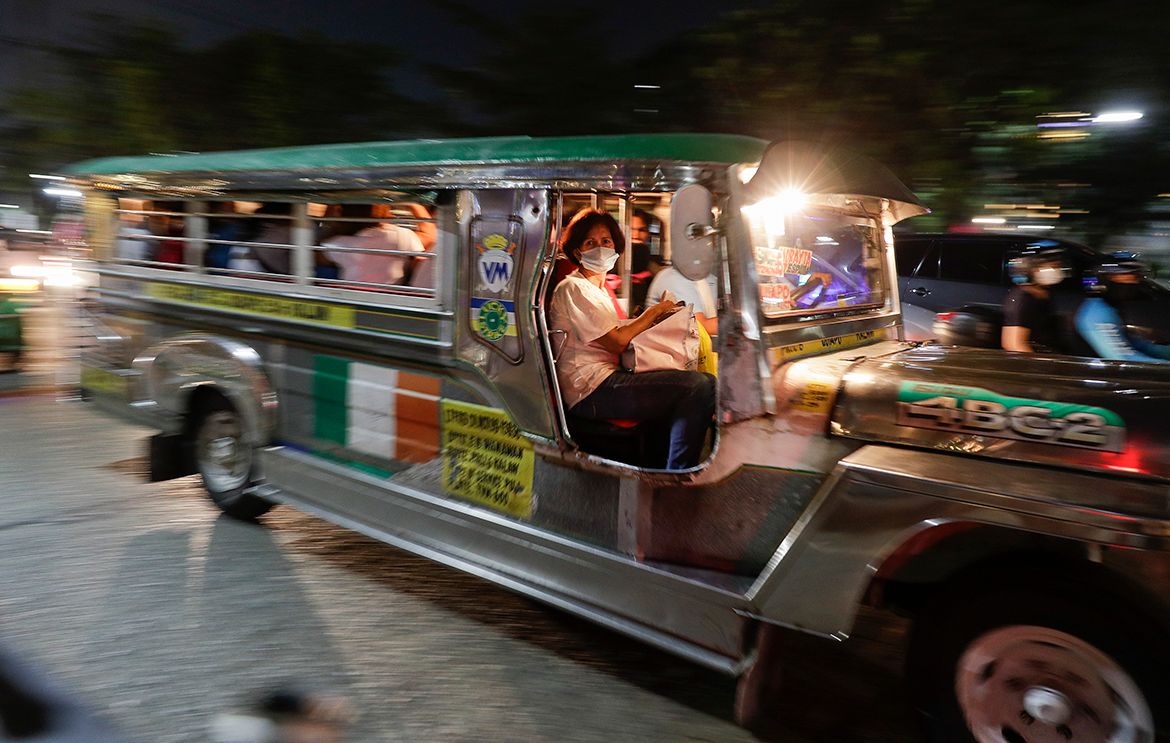
The Philippines’ iconic passenger jeepney was one of the first casualties of the coronavirus outbreak, with the government imposing a tight lockdown that sidelined Manila’s “king of the road” and thousands of drivers.
The restrictions, imposed three months ago, barred most public transport, forcing the jeepneys off the road.
Many of the jobless drivers have resorted to begging in the streets, displaying cardboard signs asking for money and food on their jeepneys.
In a once-bustling passenger terminal in suburban Quezon city’s Tandang Sora village, about 35 drivers have turned their jeepneys into tiny shelters.
They squeezed in cooking stoves, a few spare clothes, mobile phone chargers, and electric fans to fight off the tropical heat and mosquitoes in the cramped passenger compartment where they now live and sleep.
“We have no income now. We have nothing for our children,” said Jude Recio, a distraught driver with three children. “I hope we’ll be allowed to drive again.”
Well before the outbreak began, jeepneys had already been threatened by a government programme to modernise public transport and phase out ageing vehicles.
The diesel-powered jeepneys popular among the working class cough out dark fumes which have been blamed for Manila’s notoriously polluted air.
The jeepneys evolved from US military jeeps left behind by American forces after World War II.
The vehicles were modified and reproduced, many based on second-hand truck chassis. For decades, they were the most popular form of land transport and a showcase of Philippine culture on wheels.
The government eased the lockdown this month to reopen the slumping economy, allowing newer passenger vehicles to return to the road under strict quarantine regulations. But the traditional jeepneys remain sidelined.
